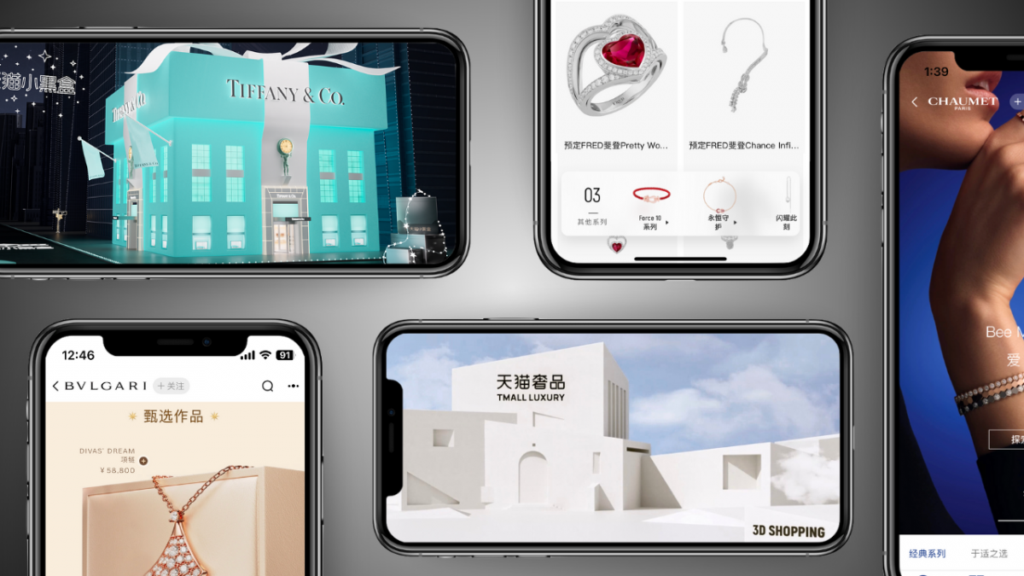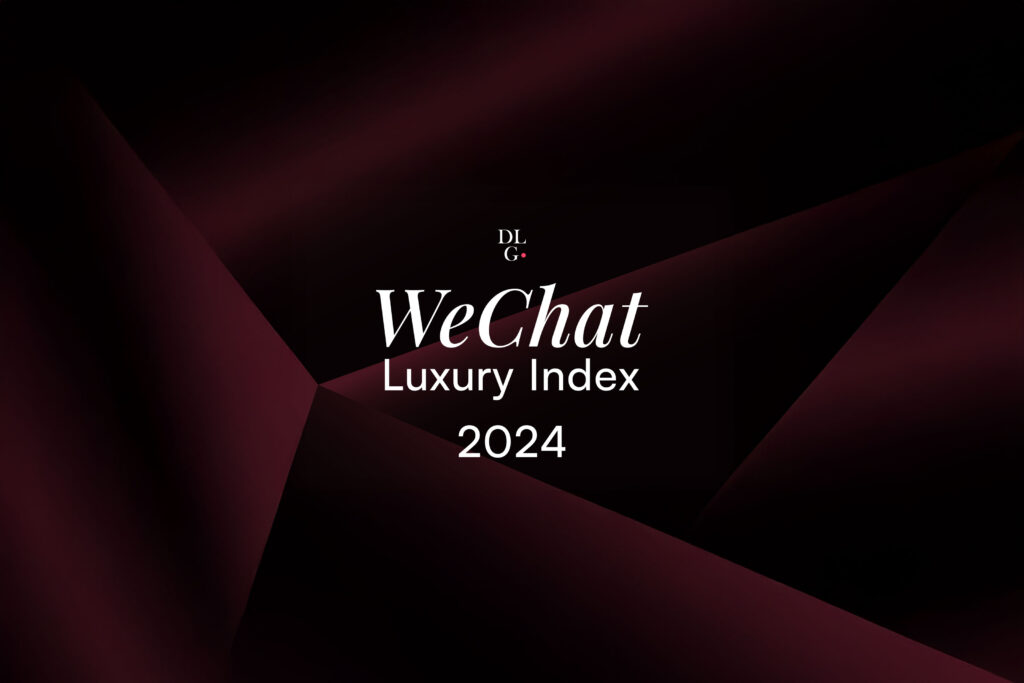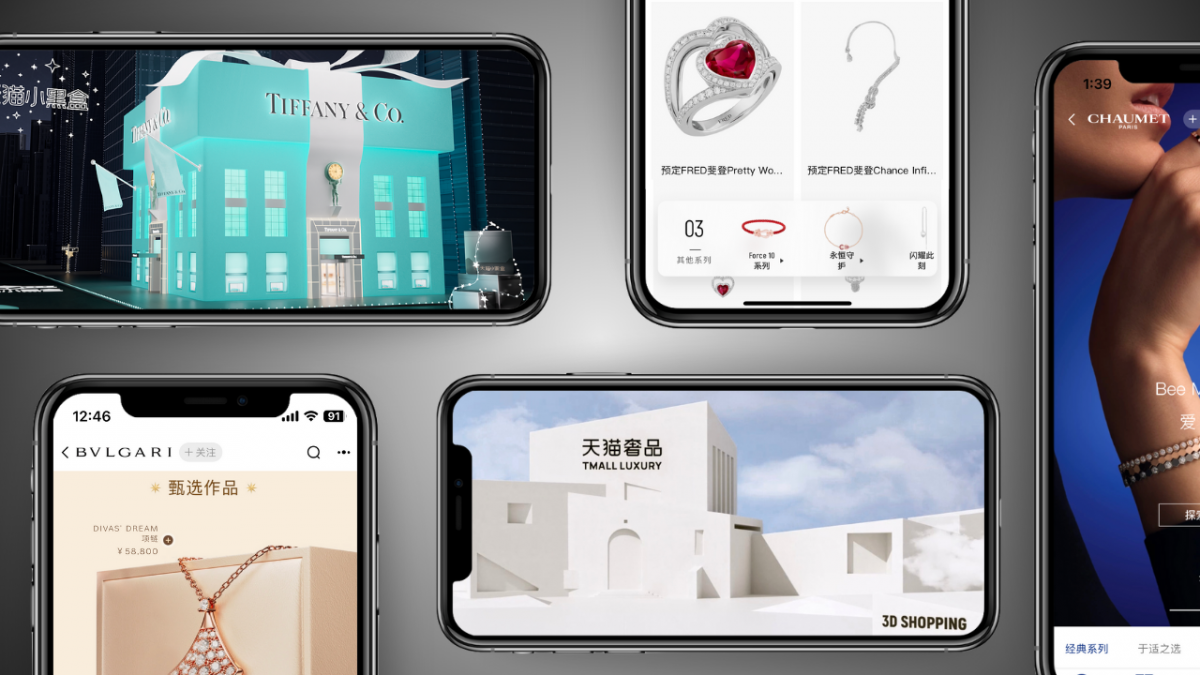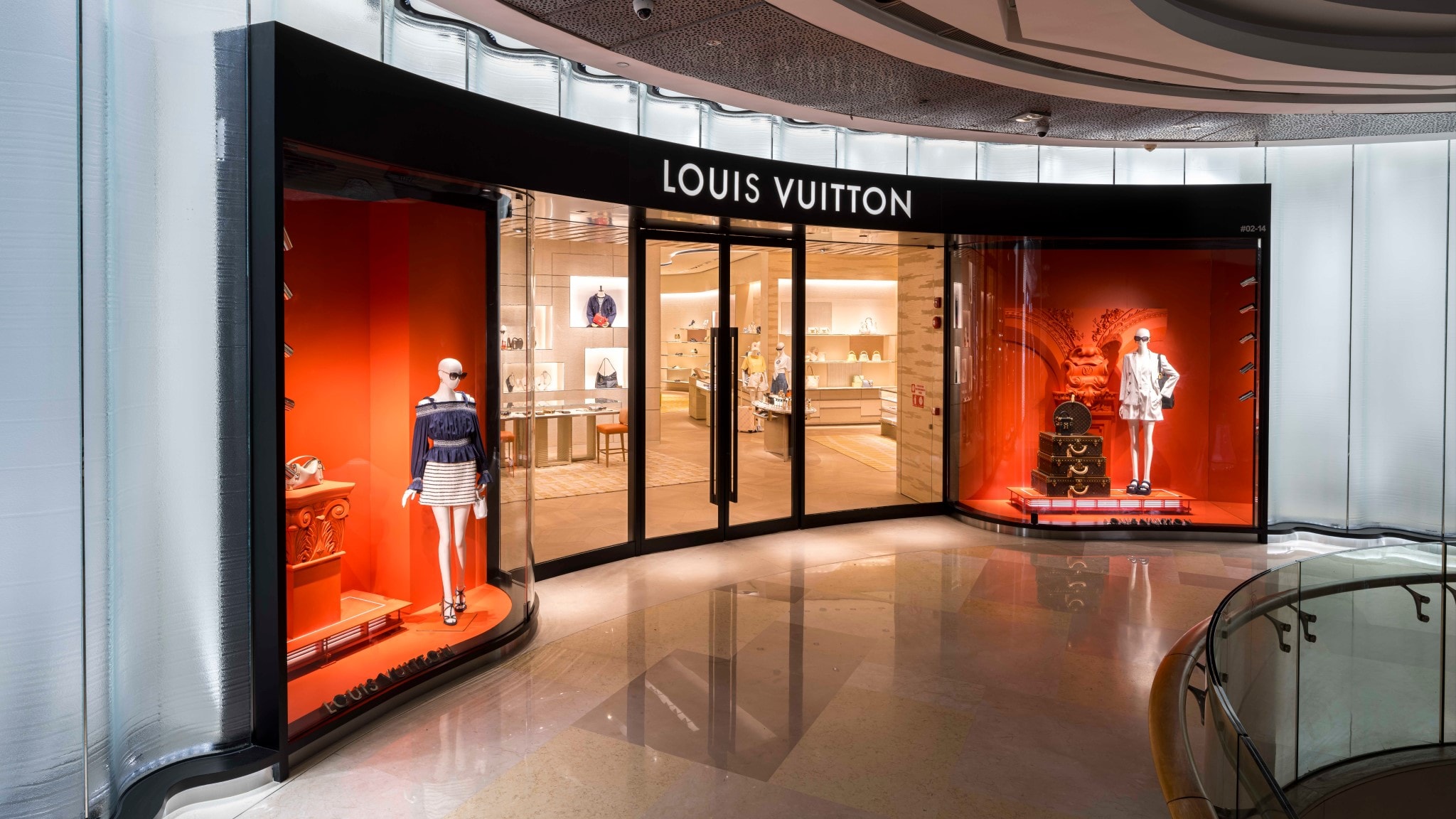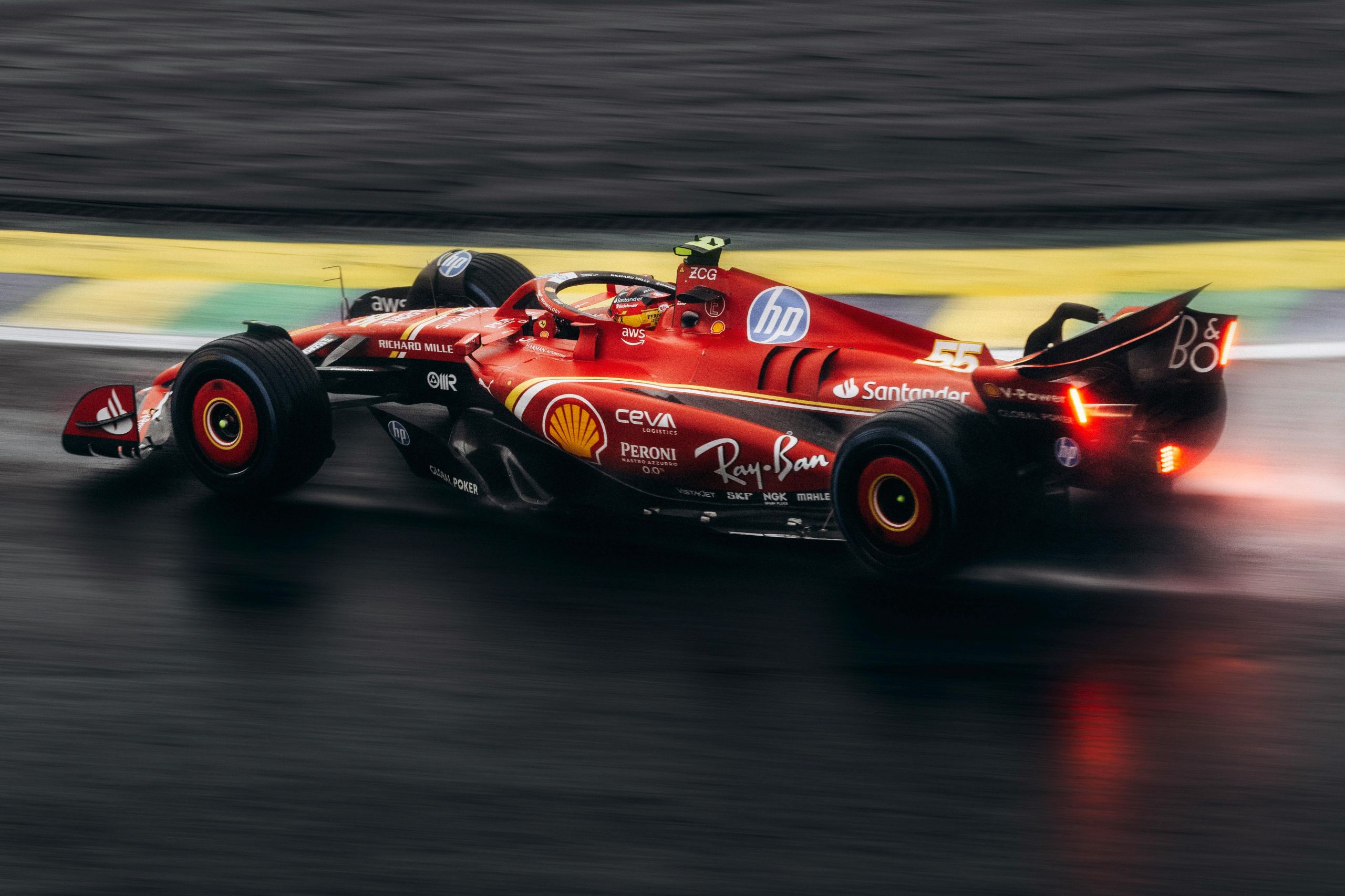
2016 was another bumpy year for China’s luxury goods market, plagued by the long-term impact of the anti-corruption campaign undertaken by the central government and the economic downturn as well as China’s latest effort to curb wrongdoing in luxury consumption in a crackdown on the grey market.
China and the Chinese luxury consumer proved once again to be hugely challenging for global brands: An important trend in 2016 was the increased political uncertainty facing the world which deterred many would-be Chinese shoppers from key international shopping destinations and luxury consumers enter 2017 against a backdrop of further uncertainty – especially in advanced economies with the arrival of Donald Trump in the White House and the UK Government moving to trigger Article 50 to begin negotiations to leave the European Union.
Over the course of 2016, total Chinese consumer expenditure rose by 7%. Whilst this is a far cry from the double digit growth witnessed between 2010 and 2014 it stands well above the global average of 2.3% for the same year. Consumer spending in China was however not immune from the country’s economic slowdown in 2016, as income growth moderates. Nevertheless, luxury consumption continued to be supported by the country’s expanding middle class, rising incomes and rapid urbanisation.

Now as we move into 2017 we can confirm that Luxury Goods in China are forecast to be the seventh fastest-spending category in the short term. On the risk side, rising financial market volatility, currency depreciation and job cutbacks could dampen China’s consumer confidence as we move into 2017 which could impact luxury goods sales.
China has its best year since 2011 – or does it?
China finally saw its luxury goods sales return to positive growth following three consecutive years of negative growth on the back of a slowing economy, the government clampdown on luxury gifting and currency headwinds. The Chinese market has in effect reached a “new normal” in terms of levels of luxury spending.
Indeed, sales saw an increase of 6% on 2015, for the first time since 2011. Slower luxury spending in Hong Kong (due to social unrest) has also helped drive up demand on the Chinese mainland and is expected to continue helping to drive China’s growth trajectory. By the end of 2016 luxury goods sales in China reached a total value of US$76 making the second largest market behind the US.
However, the strength of China’s fine wine, champagne and luxury spirits market, or moreover its sales of Baijiu, was a major contributing factor to its seemingly strong performance this year as well as its favourable position in our global rankings. China’s Baijiu market alone accounts for 97% of all China’s fine wine, champagne and luxury spirits and a massive 73% of its total personal luxury goods market.
Stripping out the effects of this strongly performing category gives us a much clearer picture of how things are really shaping up though, and would place China in fourth position in the world, just behind France and slightly ahead of the UK.
Is this significant? The simple answer is, yes.
Further shifts in Chinese consumption power from Hong Kong to Japan
Growing numbers of Chinese shoppers continue to head to Japan (and to a lesser extent South Korea) instead of Hong Kong. Indeed, much in line with our luxury goods research, our latest travel data show that the number of Chinese trips to Hong Kong dropped by 5% in 2015. However, at the same time there was a massive increase of 107% in the number of trips taken to Japan in the same year.
Luxury retailers in Tokyo and Osaka (as well as Japan’s duty-free and tax-free shops) are also picking up some of the slack from declining Chinese tourism in the major cities of Western Europe and North America. The Chinese luxury consumer has also become increasingly intrepid in their quest to travel to get the best priced luxury. Whilst in 2015 the number of arrivals in Tokyo and Osaka increased by 35% and 52%, respectively, Fukuoka, which has become one of the latest shopping destinations for the Chinese middle-class thanks to the influx of regular cruise trips from China as well as the rise in shopping malls such as Canal City Mall, housing a number of luxury brands, saw its arrivals increase by 80% in the same year…
Leading global brands trim their store network in China’s smaller cities
Following their rapid expansion into China’s interior the likes of Louis Vuitton (LVMH), Gucci (Kering) and Prada continued to close a number of their underperforming stores in 2016. As the country’s economic growth slows, consumers in formerly fast growing second and third tier cities have been reigning in spending more than in the first tier cities, which has forced leading global brands to slow their expansion plans in the interior. Whilst mainland China has been the focus of such culling of store-expansions in the last few years the same can now be said for Hong-Kong, which towards the end of 2016 also faced a number of store-closures from leading luxury brands.
Change at the top as China set to edge ahead of the US
It is indicative of a further shifting global consumer landscape that spending in Hong Kong, historically China’s fashion trailblazer, in set to fall behind Spain in the next five, Furthermore, the US is forecast to lose top spot in the ranking to China, despite China’s cooling economic growth.
Despite its slowing economy, Chinese luxury goods consumers continue to be amongst the largest in terms of spending. Authenticity, convenience and experience will continue to be major buzzwords. The New Consumerism, with consumers reassessing their priorities and values, will continue to permeate consumer behaviour and the luxury goods industry as we now move into 2017.


